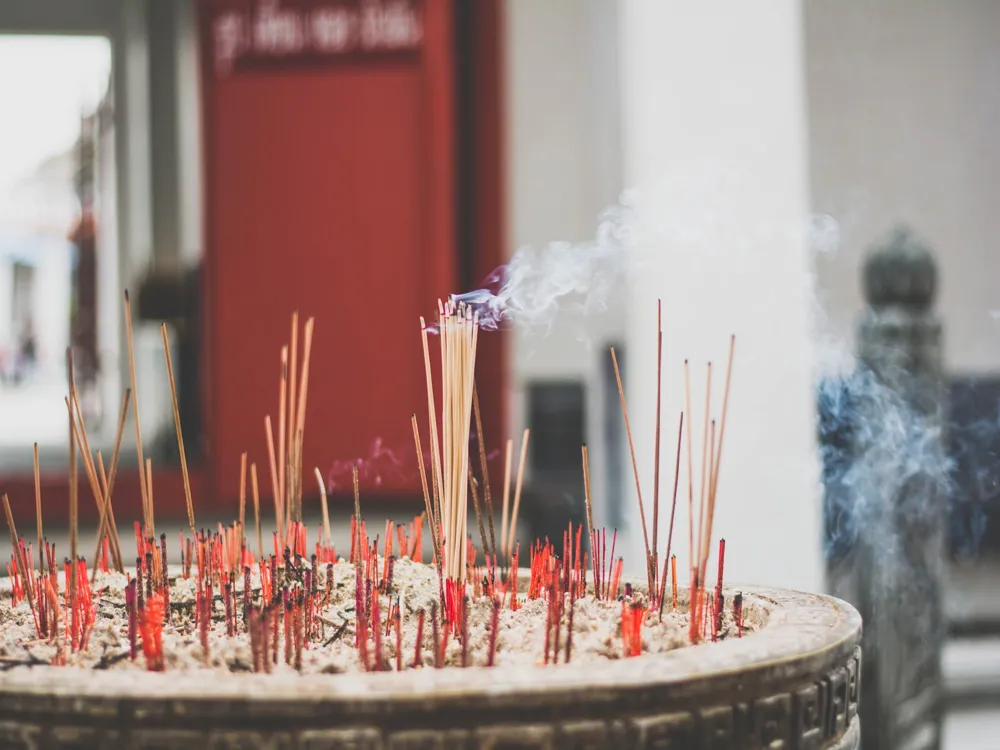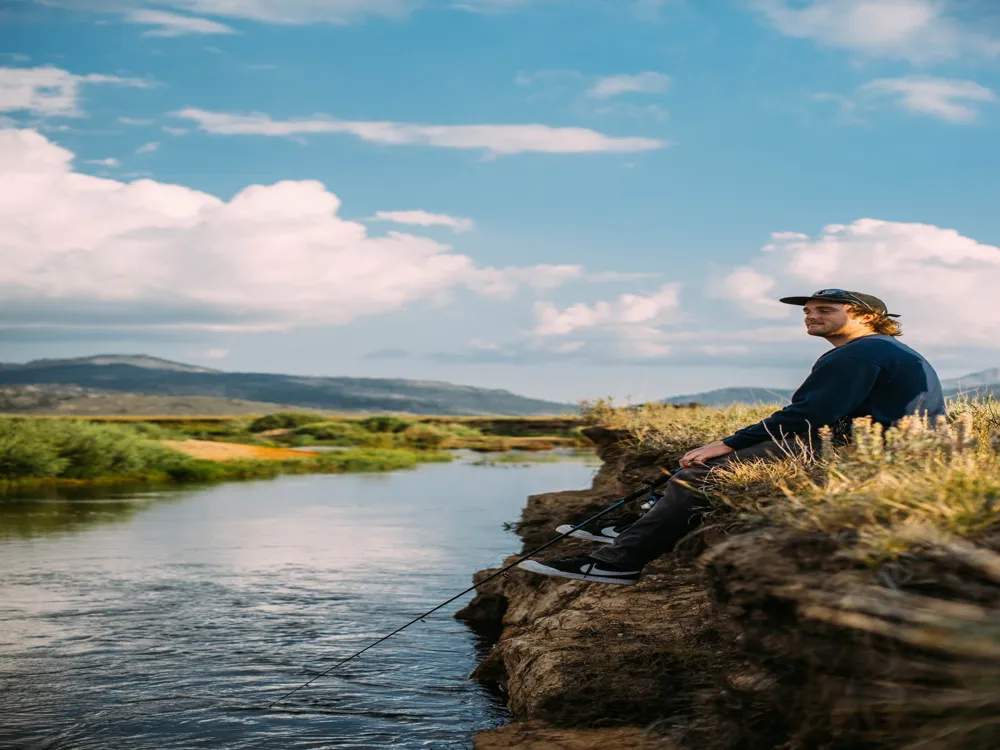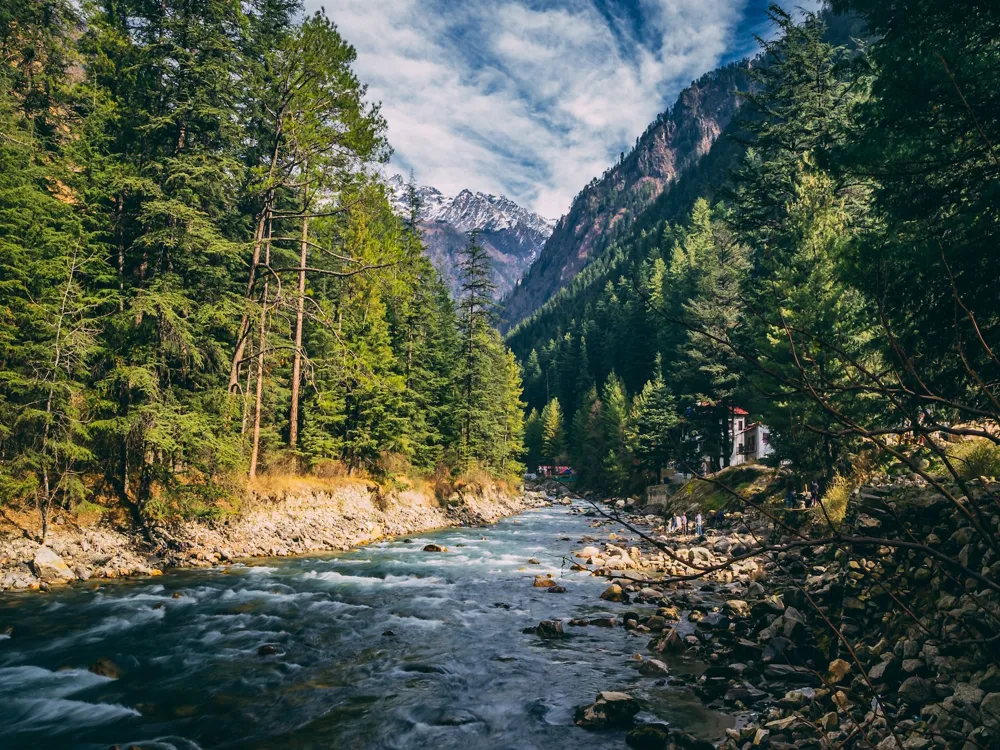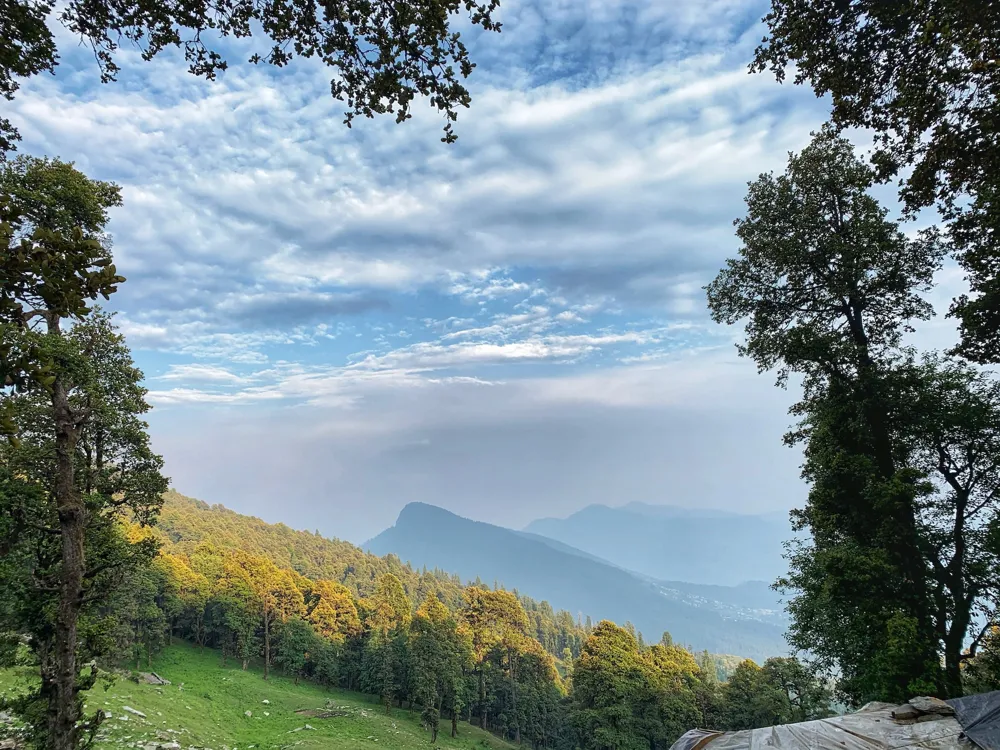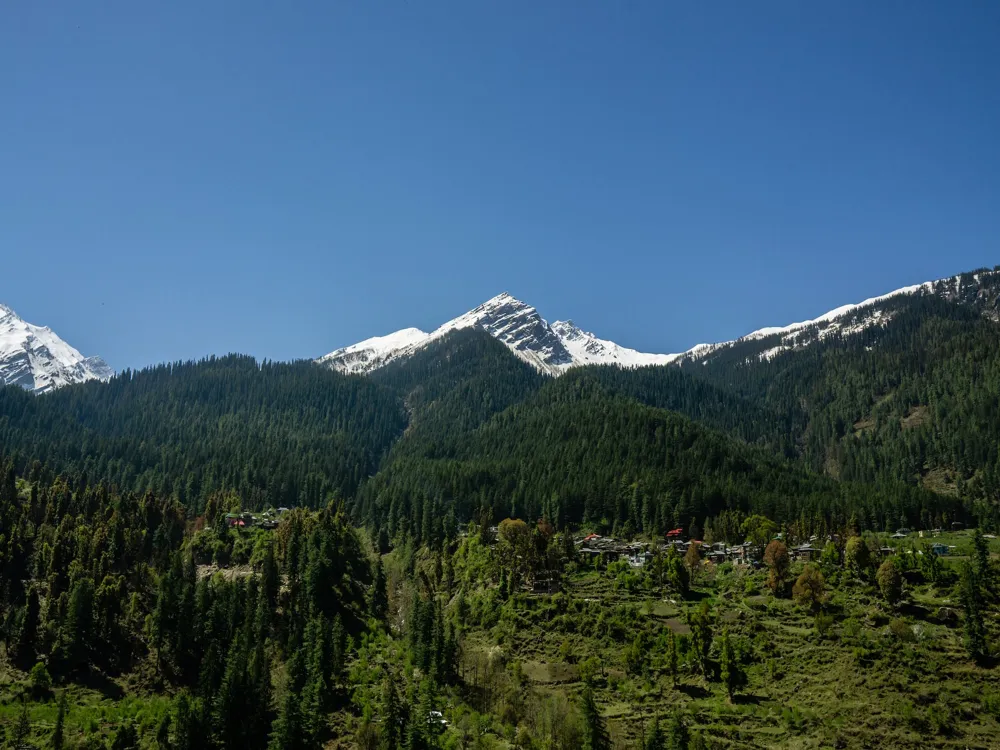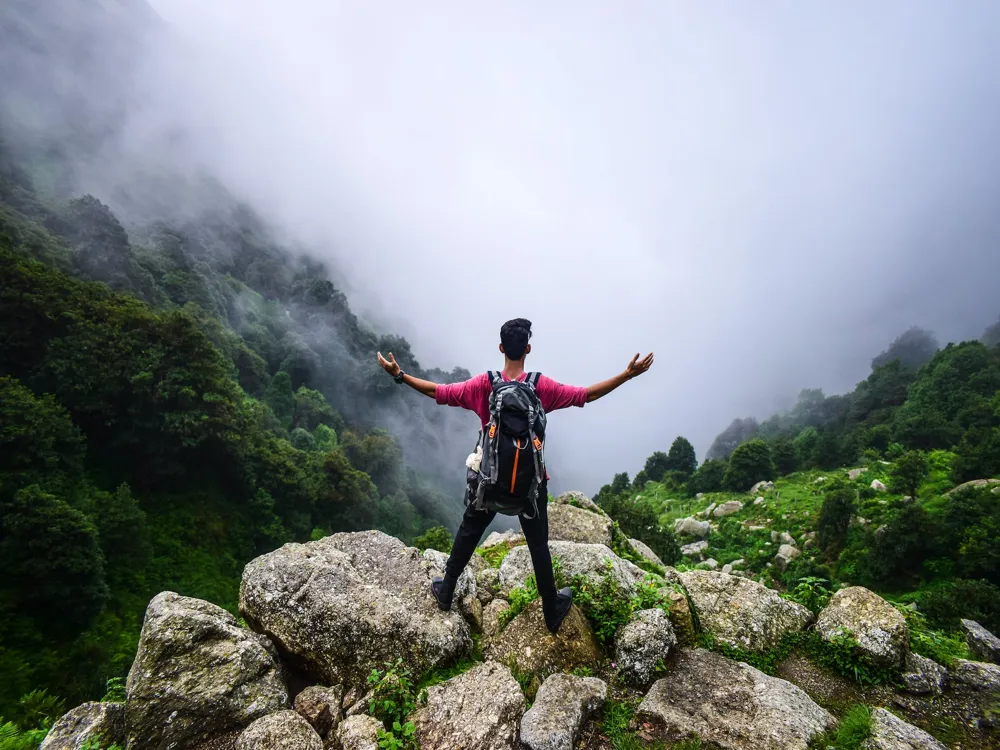Rewalsar Lake, nestled in the serene hills of Mandi district in Himachal Pradesh, is a stunning natural spectacle that beckons travelers from across the globe. This sacred lake, also known as Tso Pema in local dialects, holds a significant place in the hearts of adherents of Hinduism, Buddhism, and Sikhism, making it a melting pot of cultural and religious harmony. The history of Rewalsar Lake is steeped in myths and legends, intertwined with the spiritual ethos of India. According to Hindu mythology, the lake is believed to be the abode of the sage Lomas, who performed penance in devotion to Lord Shiva. It's also associated with the legend of the Mahabharata, where the Pandavas are said to have visited. For Buddhists, the lake is revered as the place where the great teacher Padmasambhava, also known as Guru Rinpoche, manifested miraculous powers to spread Buddhism. Sikh devotees cherish Rewalsar for its connection to Guru Gobind Singh, who is believed to have visited this place in the early 18th century. Rewalsar Lake, with its emerald green waters, is surrounded by lush forests and high hills. The lake spans approximately 735 meters, creating a mesmerizing landscape that captivates the soul. The unique ecosystem of the lake is home to a variety of flora and fauna, including the rare and exotic species. The floating islands on the lake, which move with the wind, add a mystical charm to its scenic beauty. Around the lake, visitors can see three Buddhist monasteries, which stand as a testament to the lake's religious significance in Buddhism. The Nyingma, Kagyu, and Sakya sects of Tibetan Buddhism are represented here, each monastery displaying distinct architectural styles and rich cultural heritage. Additionally, the lake is encircled by temples dedicated to Lord Krishna, Lord Shiva, and the sage Lomas. A gurudwara built in the 1930s commemorates Guru Gobind Singh's visit, adding to the religious mosaic of Rewalsar. The architectural landscape around Rewalsar Lake is a harmonious blend of various cultural influences, reflecting the religious diversity of the area. The Buddhist monasteries near the lake are excellent examples of Tibetan architecture, characterized by vibrant colors, intricate wood carvings, and beautiful murals depicting scenes from Buddhist lore. The Drikung Kagyu monastery stands out with its magnificent statue of Padmasambhava, measuring 123 feet in height, symbolizing the deep connection of the site with the saint. The Hindu temples around Rewalsar Lake exhibit the classic style of hill architecture, with sloping roofs and wooden beams. The Lord Krishna Temple, one of the prominent Hindu temples, showcases exquisite carvings and fine craftsmanship. The Shiva temple, nestled in a tranquil setting, provides a serene space for devotion and contemplation. These temples not only serve as places of worship but also as custodians of the rich cultural heritage of Himachal Pradesh. The Gurudwara at Rewalsar Lake adds a distinct Sikh architectural style to the mix. With its white facade and domed structure, it stands in peaceful coexistence with the Buddhist monasteries and Hindu temples. Inside, the Gurudwara is adorned with Sikh religious symbols and paintings depicting the life of Guru Gobind Singh, offering a glimpse into Sikh traditions and history. Apart from the religious structures, the architecture of Rewalsar Lake is also defined by the natural landscape. The lake itself, with its crystal-clear waters and the surrounding lush greenery, forms a natural amphitheater that enhances the spiritual atmosphere of the place. The floating islands, a unique natural phenomenon, add to the mystical aura of the lake. The ideal time to visit Rewalsar Lake is from March to October, when the weather is pleasant, making it perfect for exploring the natural beauty and religious sites around the lake. Visitors can find a range of accommodation options, from budget guesthouses to comfortable hotels. Staying in the monasteries is also possible for a more immersive cultural experience. As Rewalsar is a sacred site, visitors should dress modestly and respect the religious sentiments of the locals. Photography inside temples and monasteries should only be done with permission. While at Rewalsar, take the opportunity to explore the nearby caves, temples, and monasteries. Boating in the lake is a must-do activity to experience its tranquility. Rewalsar Lake is well-connected by road and can be reached from Mandi, which is about 25 kilometers away. Mandi is accessible by road from major cities like Delhi and Chandigarh. The nearest airport is in Bhuntar, Kullu, from where one can take a taxi or bus to reach Rewalsar. Read moreOverview of Rewalsar Lake in Mandi, Himachal Pradesh
Architecture of Rewalsar Lake
Tips When Visiting Rewalsar Lake
Best Time to Visit
Accommodation Options
Respecting Local Customs
Exploring the Surroundings
How To Reach Rewalsar Lake
Mandi Tourism
Best Time to Visit Mandi
How to Reach Mandi
Things To Do, Mandi
Rewalsar Lake
Mandi
Himachal Pradesh
₹ 5,500 onwards
View mandi Packages
Weather :
Label : Must Visit
Tags : Lake
Time Required : 1-2 hrs
Entry Fee : No entry fee
Planning a Trip? Ask Your Question
Also Refered As:
Lakshmi Narasimha Temple, Yadadri
Mandi Travel Packages
View All Packages For Mandi
Top Hotel Collections for Mandi

Private Pool

Luxury Hotels

5-Star Hotels

Pet Friendly
Top Hotels Near Mandi
Other Top Ranking Places In Mandi
View All Places To Visit In mandi
View mandi Packages
Weather :
Label : Must Visit
Tags : Lake
Time Required : 1-2 hrs
Entry Fee : No entry fee
Planning a Trip? Ask Your Question
Also Refered As:
Lakshmi Narasimha Temple, Yadadri
Mandi Travel Packages
View All Packages For Mandi
Top Hotel Collections for Mandi

Private Pool

Luxury Hotels

5-Star Hotels

Pet Friendly








